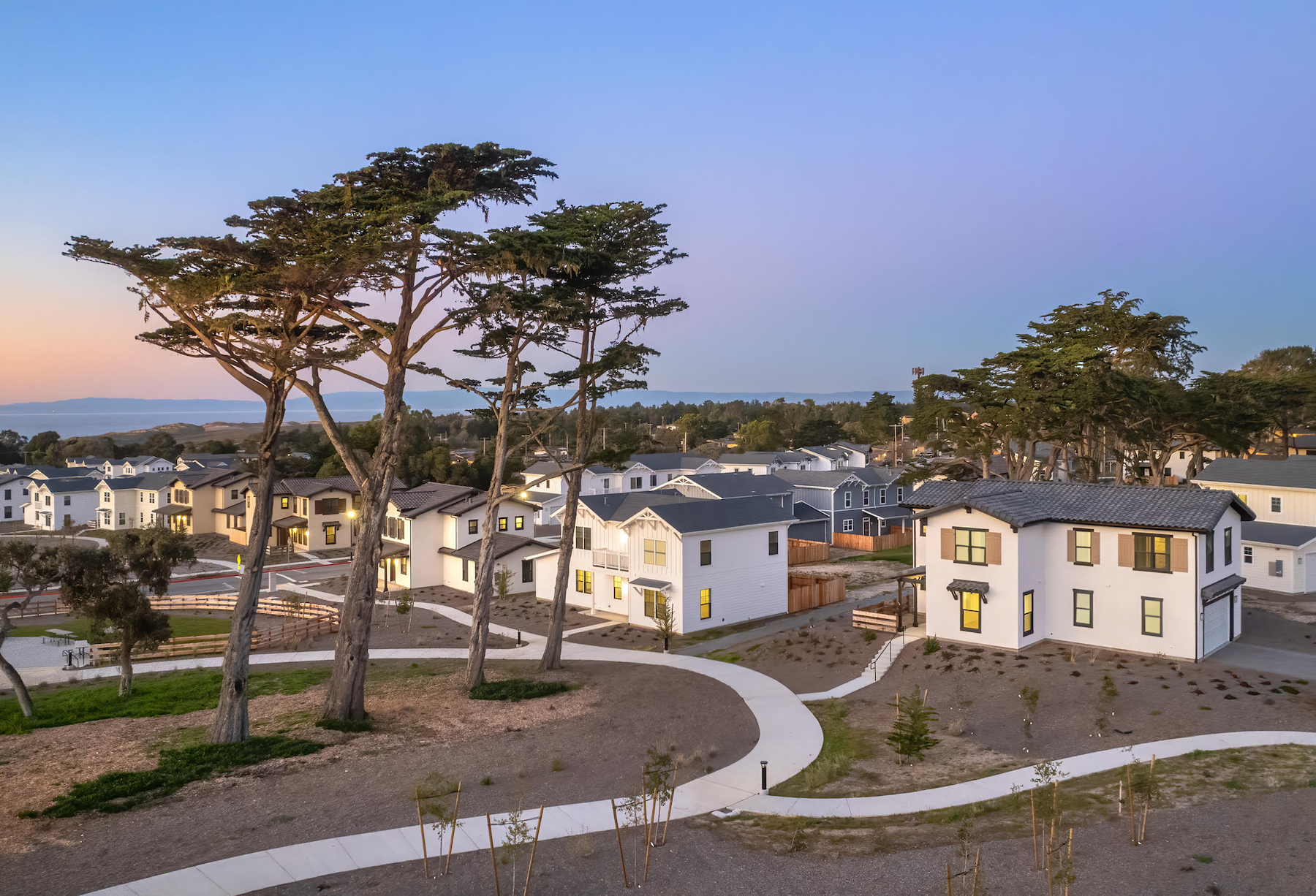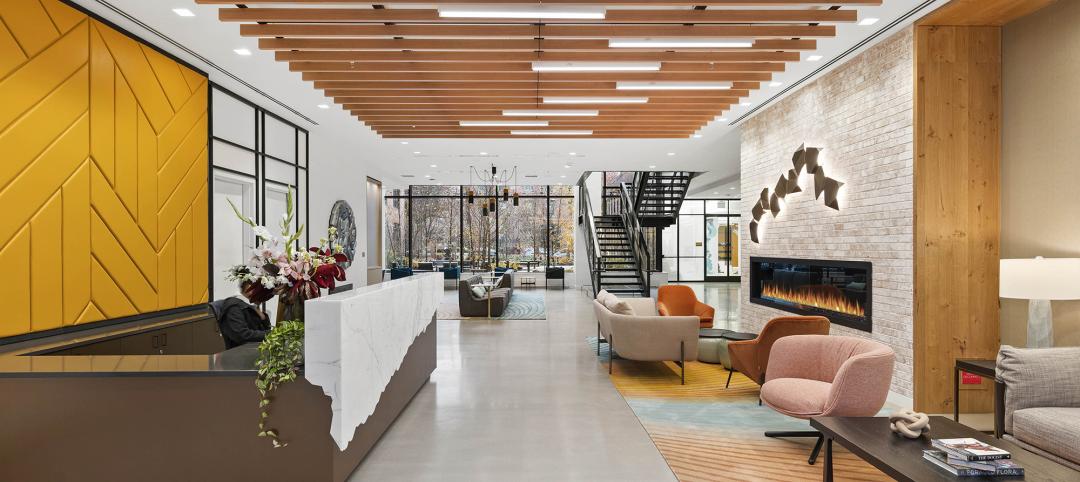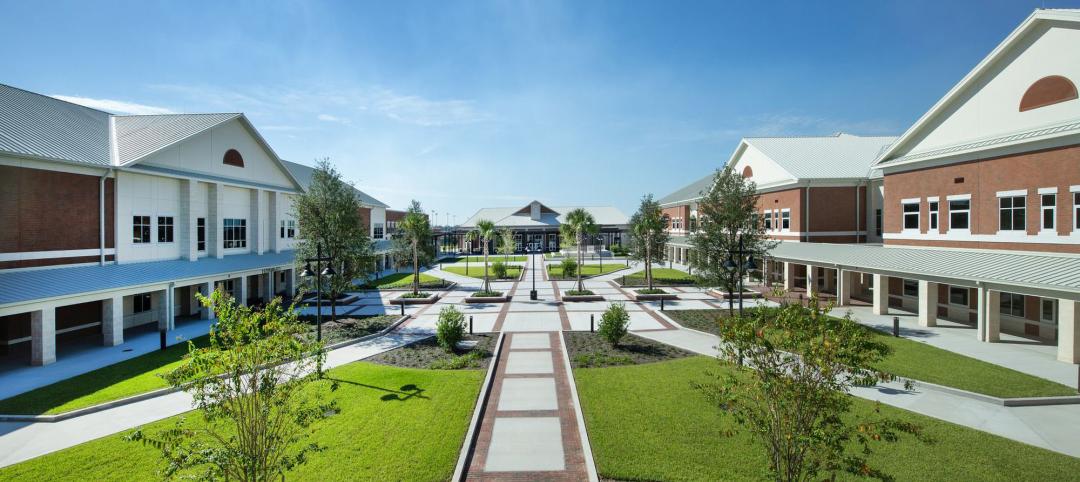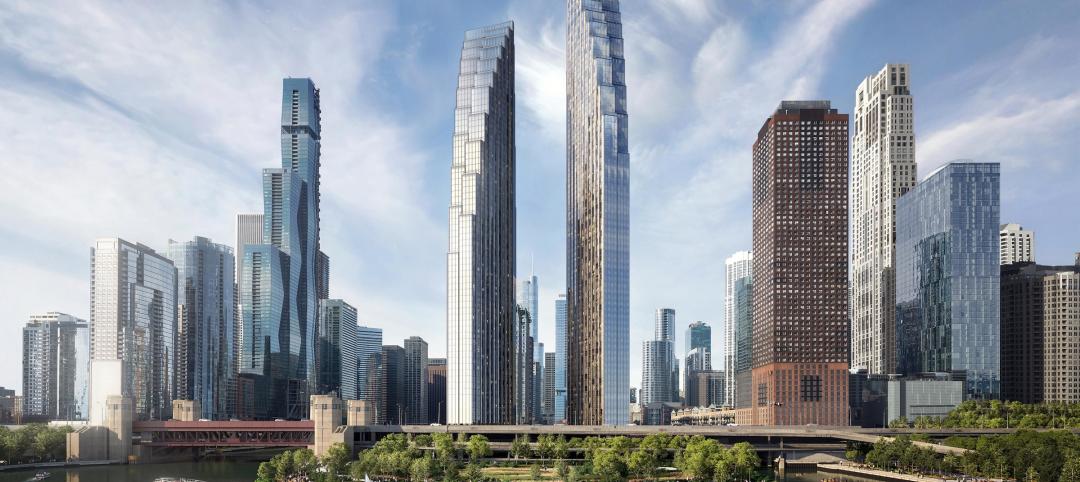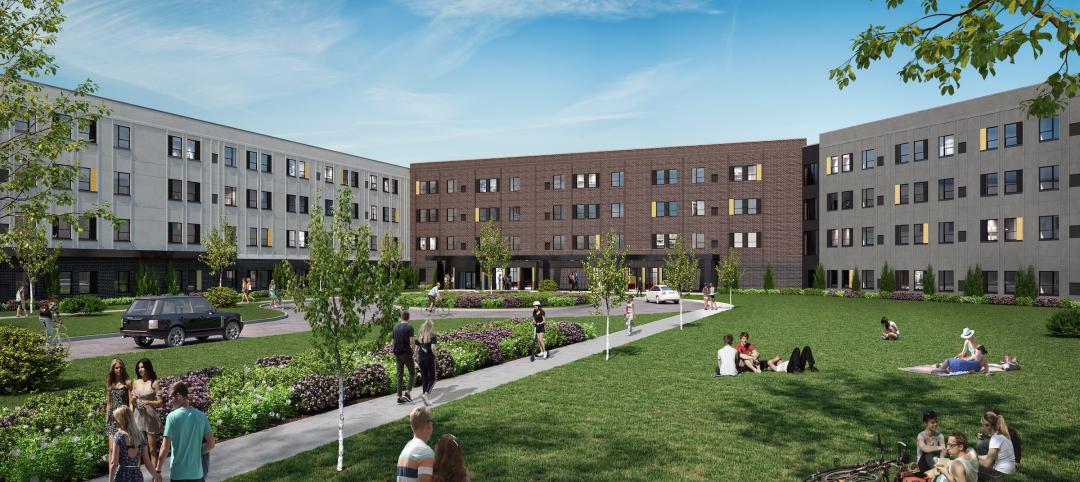Last October, the global developer Lendlease, which owns and manages more than 40,000 homes and 192 apartments on U.S. military installations in 24 states, said it would break ground later that year on a $110 million development on 51 acres for the construction of 75 family housing units and 60 two-bedroom apartments for personnel based at the U.S. Southern Command in Doral, Fla.
This development represented the first new privatized housing project authorized by the U.S. Army since 2010. Simultaneously, this development was part of Lendlease’s launch of a new military housing portfolio branded Cadence Communities, whose initial phase would combine 345 existing, newly privatized homes with new construction at seven U.S. Army installations.
In an interview with IREI.com last September, Lendlease’s COO Philip Carpenter said his firm was preparing to build more than 1,200 homes and renovate another 2,280 units on military installations.
Completing those plans will soon be in the hands of the Omaha Beach Investment affiliate of Guggenheim Partners, a global investment and financial services firm that last month agreed to acquire Lendlease’s U.S. military housing portfolio—which Lendlease manages under a joint venture with Winn Residential—for the equivalent to $323.4 million. This deal is expected to close in early 2025.
Lendlease had disclosed previously its intention to shed its overseas assets and concentrate on expanding its business in Australia, where the firm is based.
Privatizing military housing has met with mixed results
Since Congress created the Military Housing Privatization Initiative under the National Defense Authorization Act in 1996, there are more than 200,000 housing units within 80 projects on or near U.S. military installations, according to the Military Housing Association (MHA). Virtually all these units are owned and managed by 14 developers and builders that include Balfour Beatty, Hunt Military Communities, and Liberty Military Housing. The U.S. Department of Defense sets policy for this housing program.
To date, stated MHA, the Initiative has delivered more than 75,000 new homes and conducted major renovations to 50,000 units. However, over the years of the Initiative, military housing has been plagued by complaints from residents, the U.S. Government Accountability Office, and the press about shoddy renovation and maintenance. These complaints have led to lawsuits and, on occasion, big penalties, as chronicled last May by Mother Jones magazine.
While there’s been relatively few new military homes built lately (at least based on what’s been reported publicly), that could be changing. Federal News Network reported in March that the Defense Department would receive $18.7 billion in fiscal 2024 for military construction, of which $2 billion would go toward family housing initiatives that include construction, maintenance, upgrades, and oversights. An estimated $320 million of that total have been earmarked specifically for revitalizing six privatized housing projects.
To learn more about their construction and renovation activities, BD+C reached out to several of the private landlords, as well as to Mark Colon, Deputy Assistant Secretary of Defense for Housing, but heard back from only two companies: Balfour Beatty, the industry’s largest military housing provider (which declined to comment for this article); and The Michaels Organization, which announced last March that it had secured over $500 million in financing to support its U.S. Army housing portfolio over the next five years.
Michaels’ portfolio is comprised of more than 17,500 housing units across 12 locations nationwide. Seven percent of this portfolio is multifamily units for junior enlisted members of the Navy at the 941-apartment Pacific Beacon at Naval Base San Diego, the first of its kind for unaccompanied service members at the rank of E-4. In coordination with the Army, Michaels is planning to break ground later this year on a similar multifamily project at Fort Irwin in California, according to Erik Robertson, The Michaels Organization’s Senior Vice President of Investment Management.
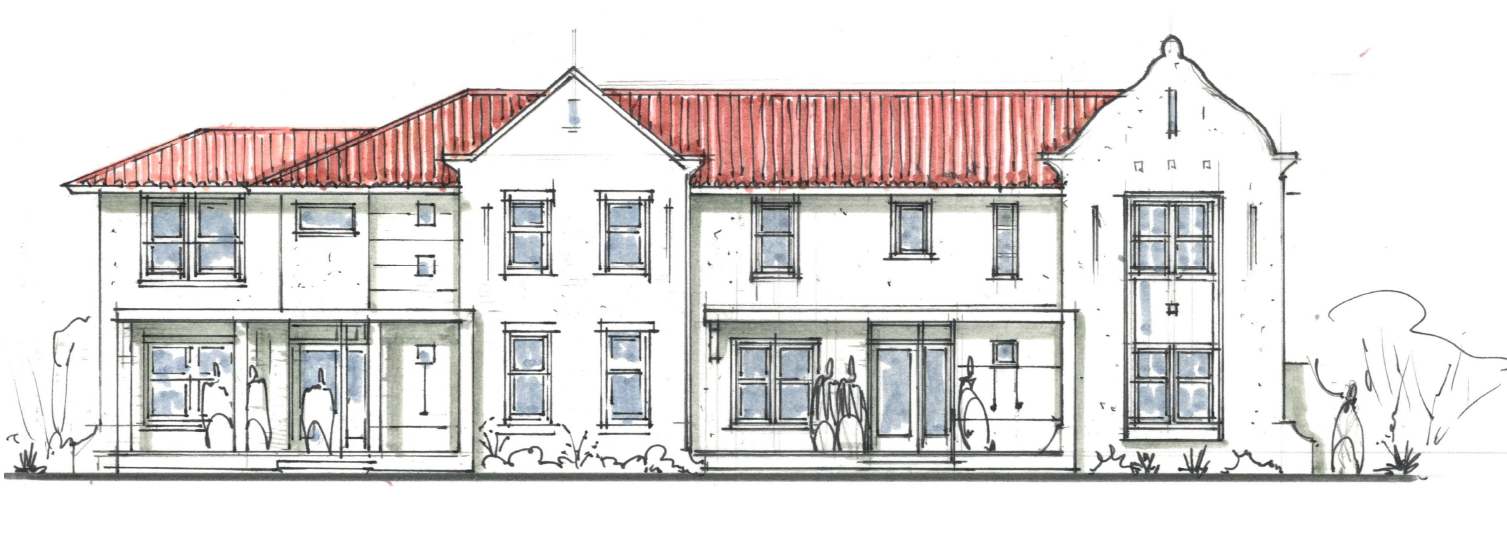
New construction and services have growth potential
In written responses to questions sent by BD+C, Robertson said that 60% of $500 million his firm plans to spend will be for new construction, with the rest going toward improving existing units. He added that Michaels has a strategic partnership with the firm Urban Practice for architectural design services, and employs local engineering and construction firms for its military housing projects.
Robertson explained how military housing differs from market-rate housing. For one thing, military housing is purpose-built to meet service members’ needs, primarily the routine permanent changes of station each member experiences every 24 to 36 months. This is achieved, he said, by focusing on designing active neighborhoods made to bring residents together as communities. Homes are also built with the expectation of increased wear and tear caused by moving, and with more storage spaces in each home.
Must haves for new construction include smart thermostats, energy efficient fixtures and appliances, two-car garages, private backyards with patios where feasible, buried utility cables, and age-specific playgrounds. Robertson added that well-designed neighborhood layouts “are essential for fostering communities.”
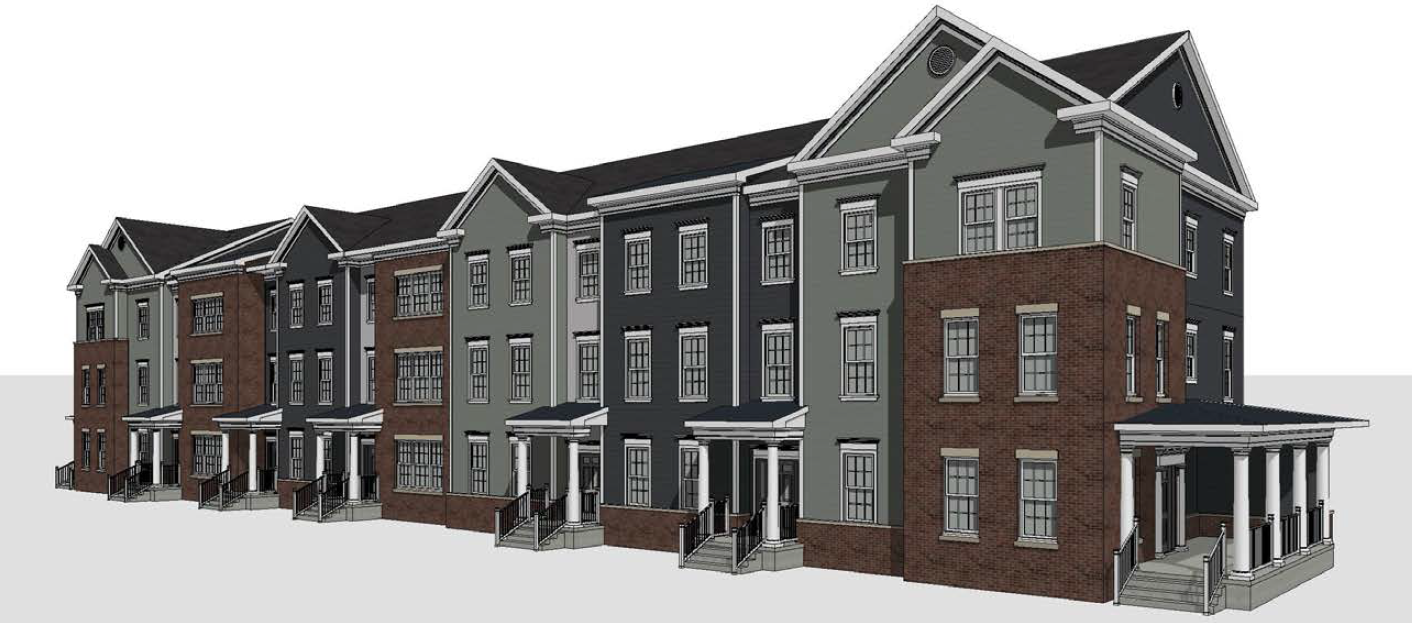
Despite the Armed Services having privatized virtually all of its family housing in the U.S., The Michaels Organization still sees growth opportunities in this subsector. Robertson noted that each of the services is working to replace housing for its junior enlisted and unaccompanied service members that, historically, had been in barracks. Robertson believed that his firm’s 18-story, $321million Pacific Beacon project—built by Clark Construction under a design-build contract with the designer Torti Gallas + Partners, and completed in 2009—provides an alternative blueprint.
The Michaels Organization also sees potential in providing services to military residents. He pointed out that Michaels’ completion of a $305 million bond issuance leverages future deposits to the Army’s reinvestment accounts. “This shows that the services are taking a sophisticated approach to bring future investments closer to today,” said Robertson. Another example is the focus on improving resident wellness by investing in air and water purification, and access to more natural light “to create environments that allow service members to be the best versions of themselves.”
Related Stories
MFPRO+ News | Jul 8, 2024
Boston receives 304 new market-rate and affordable housing units
The Smith No. 99 in Boston, Mass., is a new 305,000-sf mixed-use apartment community featuring 304 market rate and affordable housing units.
MFPRO+ New Projects | Jul 2, 2024
Miami residential condo tower provides a deeded office unit for every buyer
A new Miami residential condo office tower sweetens the deal for buyers by providing an individual, deeded and furnished office with each condo unit purchased. One Twenty Brickell Residences, a 34-story, 240-unit tower, also offers more than 60,000 sf of exclusive residential amenities.
Senior Living Design | Jun 28, 2024
The country’s largest retirement community expands with educational facilities
The project will include a high school, a K-8 school, and an Early Learning Center aimed at serving the children of residents who work in qualified businesses within The Villages.
MFPRO+ New Projects | Jun 27, 2024
Chicago’s long-vacant Spire site will be home to a two-tower residential development
In downtown Chicago, the site of the planned Chicago Spire, at the confluence of Lake Michigan and the Chicago River, has sat vacant since construction ceased in the wake of the Great Recession. In the next few years, the site will be home to a new two-tower residential development, 400 Lake Shore.
MFPRO+ News | Jun 25, 2024
New York mayor releases multi-year plan to address affordable housing crisis
The plan seeks to create and preserve affordable housing. It will incentivize the inclusion of permanently affordable and rent stabilized housing in new, multi-family construction projects.
Student Housing | Jun 25, 2024
P3 student housing project with 176 units slated for Purdue University Fort Wayne
A public/private partnership will fund a four-story, 213,000 sf apartment complex on Purdue University Fort Wayne’s (PFW’s) North Campus in Fort Wayne, Indiana. The P3 entity was formed exclusively for this property.
MFPRO+ News | Jun 24, 2024
‘Yes in God’s Backyard’ movement could create more affordable housing
The so-called “Yes in God’s Backyard” (YIGBY) movement, where houses of worship convert their properties to housing, could help alleviate the serious housing crisis affecting many communities around the country.
MFPRO+ News | Jun 20, 2024
National multifamily outlook: Summer 2024
The multifamily sector continues to be strong in 2024, even when a handful of challenges are present. That is according to the Matrix Multifamily National Report for Summer 2024.
Sponsored | MFPRO+ News | Jun 20, 2024
Unlocking the Future: Modernizing Access Control in Multifamily Housing
Explore how advanced access control systems are transforming multifamily housing. Learn about Salto’s DBolt Touch and Homelok platforms, designed to enhance security, streamline operations, and improve resident satisfaction with keyless, mobile-ready solutions.



